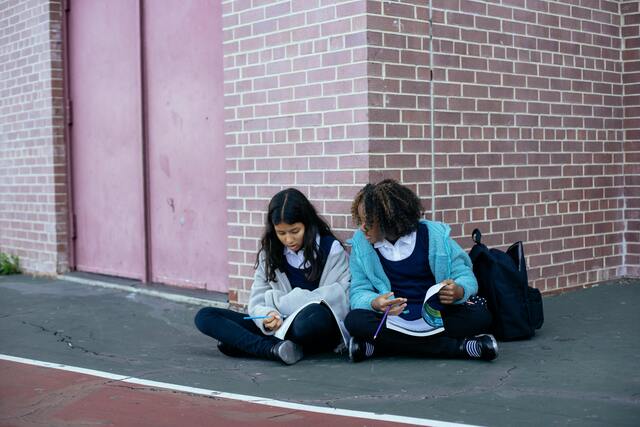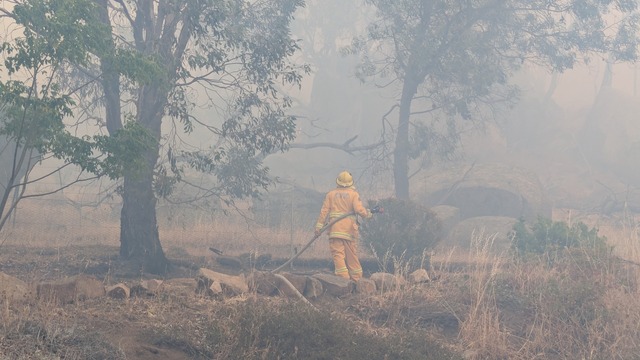The State Government is helping keep students engaged in their education as they move from primary school into secondary school – a period where there can be higher levels of disengagement from learning.
Education Minister Ben Carroll on Friday 16 August released an update to materials for schools which are expected to support roughly 200,000 students every year through the transition.
“A student’s transition can have fundamental and long-lasting impacts on their achievement, engagement and wellbeing,” Mr Carroll said.
“We want to make sure every student and their family feels supported and connected as they journey from primary school to secondary school, which can often be a daunting time.”
The first day of secondary school can be daunting.
While it is a period of tremendous growth and development for most young people, for some students, there is a heightened risk of disengagement from their education, poor wellbeing, and a decline in learning outcomes.
Keeping kids engaged in school helps them to be productive and successful young adults.
A student’s transition experience is successful when they have good engagement with their peers and their families – this is especially important for students who may be at higher risk of a poor transition, including neurodiverse and Autistic students, students with disabilities and students from culturally and linguistically diverse backgrounds.
The updated materials feature a series of internal guidance, resources, and practical examples for schools to use through a four-year staged process from upper primary to lower secondary.
This update, designed to provide greater support for students during their transition, is set to significantly enhance their engagement and overall experience for students in Years 5 to 8.
This update is particularly beneficial to parents, carers, and the broader network of family or guardians. Acknowledging their profound and formative impact on students, this support network is recognised as a major contributor to a successful transition.
The new guidance and resources cover four phases of transition:
• Preparation (Years 5 and 6) – introduces students to general skills like organisation and time management that will help them navigate in a new environment, for example using lockers and having a timetable
• Transfer (end of Year 6) – students can attend their new school for a day to learn the new layout and attend classes and meet key staff and future classmates
• Induction (Year 7) – supports new students to develop a strong sense of connection and belonging in their new environment and to ease into the new practices, rhythms and relationships
• Consolidation (Year 8) builds on the skills, knowledge, and experiences students have gained in previous phases, with a strong emphasis on supporting their wellbeing and confidence in their learning environment.







